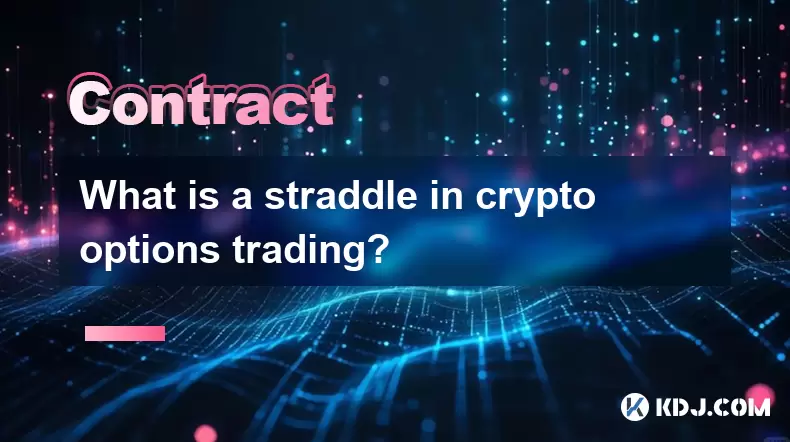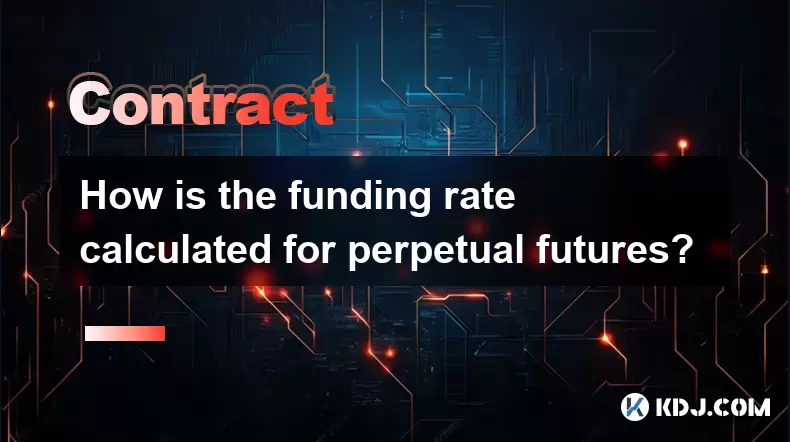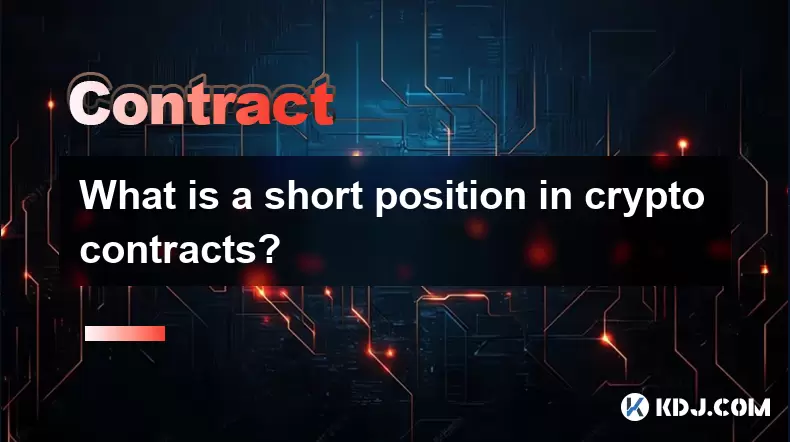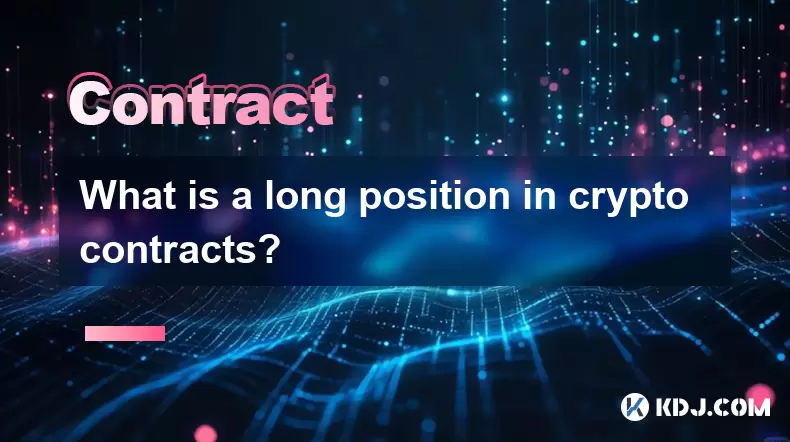-
 Bitcoin
Bitcoin $116800
1.37% -
 Ethereum
Ethereum $3832
5.15% -
 XRP
XRP $3.063
2.69% -
 Tether USDt
Tether USDt $1.000
0.04% -
 BNB
BNB $774.1
0.84% -
 Solana
Solana $170.7
1.56% -
 USDC
USDC $0.0000
0.01% -
 Dogecoin
Dogecoin $0.2142
5.31% -
 TRON
TRON $0.3406
1.90% -
 Cardano
Cardano $0.7635
3.81% -
 Hyperliquid
Hyperliquid $39.55
2.42% -
 Sui
Sui $3.732
7.71% -
 Stellar
Stellar $0.4127
4.25% -
 Chainlink
Chainlink $17.80
6.91% -
 Bitcoin Cash
Bitcoin Cash $576.7
1.66% -
 Hedera
Hedera $0.2521
3.28% -
 Ethena USDe
Ethena USDe $1.001
0.01% -
 Avalanche
Avalanche $22.66
2.19% -
 Litecoin
Litecoin $121.3
2.98% -
 UNUS SED LEO
UNUS SED LEO $8.959
-0.31% -
 Toncoin
Toncoin $3.325
2.88% -
 Shiba Inu
Shiba Inu $0.00001263
2.84% -
 Uniswap
Uniswap $10.11
4.79% -
 Polkadot
Polkadot $3.769
3.22% -
 Dai
Dai $1.000
0.01% -
 Bitget Token
Bitget Token $4.413
1.46% -
 Monero
Monero $272.9
-4.98% -
 Cronos
Cronos $0.1488
4.22% -
 Pepe
Pepe $0.00001088
4.01% -
 Aave
Aave $273.0
4.73%
What should I do if Gate.io contract trading encounters slippage? How to reduce the impact of slippage?
Slippage in contract trading on Gate.io can impact results; use limit orders and trade during high liquidity to minimize it.
May 07, 2025 at 01:42 am

When engaging in contract trading on Gate.io, slippage can be a significant concern for traders. Slippage occurs when there is a difference between the expected price of a trade and the price at which the trade is actually executed. This phenomenon can impact your trading results, especially in volatile market conditions. To address slippage effectively and reduce its impact, it is essential to understand its causes and implement strategic measures.
Understanding Slippage in Contract Trading
Slippage in contract trading arises primarily due to market volatility and liquidity issues. When you place an order, especially a large one, it might not be filled at the exact price you set. Market volatility can cause rapid price changes, making it difficult for your order to be executed at your desired price. Similarly, low liquidity means there might not be enough buyers or sellers at your target price, leading to slippage.
To better understand this, consider a scenario where you place a buy order for a cryptocurrency at $10,000, but due to sudden market movement, the order gets filled at $10,050. This $50 difference is the slippage you experience. Recognizing the factors contributing to slippage is crucial for developing strategies to mitigate its impact.
Strategies to Reduce Slippage
To minimize the impact of slippage on your Gate.io contract trading, consider the following strategies:
Use Limit Orders: Limit orders allow you to set a specific price at which you are willing to buy or sell. Unlike market orders, which are executed at the best available price, limit orders ensure that you do not pay more or receive less than your specified price. However, there is a trade-off; your order might not be filled if the market does not reach your set price.
Trade During High Liquidity Periods: Liquidity tends to be higher during certain times of the day, particularly when major markets are open. Trading during these periods can help ensure that there are enough buyers and sellers to fill your order at your desired price, reducing the likelihood of slippage.
Avoid Trading During Volatile Times: Cryptocurrency markets can be highly volatile, especially during significant news events or market announcements. If possible, avoid placing large orders during these times to minimize the risk of slippage.
Use Smaller Order Sizes: Breaking up large orders into smaller ones can help reduce slippage. Smaller orders are more likely to be filled at your target price because they have less impact on the market. This approach can be particularly effective in less liquid markets.
Leverage Stop-Loss Orders: Stop-loss orders can help you manage risk by automatically selling your position if the price moves against you. While they do not directly reduce slippage, they can limit your losses if slippage occurs.
Implementing Limit Orders on Gate.io
To use limit orders effectively on Gate.io and reduce slippage, follow these steps:
Log into your Gate.io account: Ensure you are logged into your account and navigate to the trading section.
Select the Contract: Choose the specific cryptocurrency contract you want to trade.
Choose the Order Type: On the order entry interface, select "Limit Order" from the order type options.
Set the Price: Enter the price at which you want your order to be executed. This is the maximum price you are willing to pay for a buy order or the minimum price you are willing to accept for a sell order.
Enter the Quantity: Specify the quantity of the contract you wish to trade.
Review and Submit: Double-check all the details of your order, including the price and quantity, and then submit the order.
By following these steps, you can effectively use limit orders to minimize the impact of slippage in your trading activities on Gate.io.
Identifying High Liquidity Periods
To trade during high liquidity periods and reduce slippage, you need to identify when these periods occur. Here are some tips to help you:
Monitor Trading Volumes: High trading volumes often indicate high liquidity. You can monitor the trading volumes of the specific cryptocurrency contract you are interested in on Gate.io.
Check Market Hours: Major cryptocurrency markets, such as those in the US, Europe, and Asia, have peak trading hours. For instance, trading volumes tend to increase when both the US and Asian markets are open.
Use Trading Tools: Utilize trading tools and platforms that provide real-time data on liquidity and market depth. These tools can help you identify the best times to trade.
By trading during these high liquidity periods, you can increase the likelihood of your orders being filled at your desired prices, thereby reducing slippage.
Managing Volatility and Order Sizes
Volatility and order size are two critical factors that can influence slippage. Here's how you can manage them:
Stay Informed About Market News: Keep an eye on cryptocurrency news and events that could cause market volatility. Avoid trading large orders during these times to minimize the risk of slippage.
Use Smaller Orders: If you need to execute a large trade, consider breaking it into smaller orders. This approach can help you avoid moving the market price significantly, which can lead to slippage.
Monitor Market Depth: Before placing an order, check the market depth to see the available liquidity at different price levels. This information can help you decide the best order size to minimize slippage.
By carefully managing volatility and order sizes, you can further reduce the impact of slippage on your Gate.io contract trading.
FAQs
Q: Can slippage be completely eliminated in contract trading?
A: No, slippage cannot be completely eliminated due to the inherent nature of cryptocurrency markets. However, by using the strategies mentioned above, you can significantly reduce its impact.
Q: How does the choice of trading platform affect slippage?
A: The choice of trading platform can affect slippage through factors such as liquidity and order execution speed. Platforms with higher liquidity and faster execution times tend to have less slippage.
Q: Is slippage more common in certain types of contracts?
A: Yes, slippage can be more common in less liquid contracts or during times of high market volatility. Contracts with lower trading volumes are more susceptible to slippage.
Q: Can using algorithmic trading help reduce slippage?
A: Yes, algorithmic trading can help reduce slippage by breaking up large orders into smaller ones and executing them at optimal times based on market conditions.
Disclaimer:info@kdj.com
The information provided is not trading advice. kdj.com does not assume any responsibility for any investments made based on the information provided in this article. Cryptocurrencies are highly volatile and it is highly recommended that you invest with caution after thorough research!
If you believe that the content used on this website infringes your copyright, please contact us immediately (info@kdj.com) and we will delete it promptly.
- Ripple, Rail, and Stablecoin Payments: A $200M Power Play
- 2025-08-07 22:50:12
- Punisher Coin Presale: The Next $Trump? Aiming for 100x Gains!
- 2025-08-07 22:50:12
- Riding the Crypto Wave: Presale Cryptos, Cold Wallets, and the BTC Bull Run
- 2025-08-07 23:10:12
- Crypto's Wild Ride: Punisher Coin, Popcat, and the Meme Coin Mania
- 2025-08-07 23:10:12
- Bitcoin Price, XRP Prediction, Cryptocurrency: Navigating the Wild West of Digital Assets
- 2025-08-07 23:15:12
- WiMi, Quantum Computing, and AR Tech: Navigating the Future Today
- 2025-08-07 22:30:12
Related knowledge

What is a straddle in crypto options trading?
Aug 07,2025 at 11:15pm
Understanding the Basics of a Straddle in Crypto OptionsA straddle is an options trading strategy used when a trader expects significant price movemen...

How is the funding rate calculated for perpetual futures?
Aug 07,2025 at 11:36pm
Understanding the Basics of Perpetual FuturesPerpetual futures are a type of derivative contract that does not have an expiration date, allowing trade...

What programming languages are used for smart contracts?
Aug 07,2025 at 06:07pm
Understanding Smart Contracts and Their Execution EnvironmentSmart contracts are self-executing programs deployed on blockchain networks that automati...

What is a short position in crypto contracts?
Aug 07,2025 at 11:42pm
Understanding the Concept of a Short Position in Crypto ContractsA short position in crypto contracts refers to a trading strategy where a trader prof...

What is a long position in crypto contracts?
Aug 07,2025 at 06:29pm
Understanding the Concept of a Long Position in Crypto ContractsA long position in crypto contracts refers to a trading strategy where a trader buys a...

Why is my Bitstamp futures position being liquidated?
Jul 23,2025 at 11:08am
Understanding Futures Liquidation on BitstampFutures trading on Bitstamp involves borrowing funds to open leveraged positions, which amplifies both po...

What is a straddle in crypto options trading?
Aug 07,2025 at 11:15pm
Understanding the Basics of a Straddle in Crypto OptionsA straddle is an options trading strategy used when a trader expects significant price movemen...

How is the funding rate calculated for perpetual futures?
Aug 07,2025 at 11:36pm
Understanding the Basics of Perpetual FuturesPerpetual futures are a type of derivative contract that does not have an expiration date, allowing trade...

What programming languages are used for smart contracts?
Aug 07,2025 at 06:07pm
Understanding Smart Contracts and Their Execution EnvironmentSmart contracts are self-executing programs deployed on blockchain networks that automati...

What is a short position in crypto contracts?
Aug 07,2025 at 11:42pm
Understanding the Concept of a Short Position in Crypto ContractsA short position in crypto contracts refers to a trading strategy where a trader prof...

What is a long position in crypto contracts?
Aug 07,2025 at 06:29pm
Understanding the Concept of a Long Position in Crypto ContractsA long position in crypto contracts refers to a trading strategy where a trader buys a...

Why is my Bitstamp futures position being liquidated?
Jul 23,2025 at 11:08am
Understanding Futures Liquidation on BitstampFutures trading on Bitstamp involves borrowing funds to open leveraged positions, which amplifies both po...
See all articles

























































































